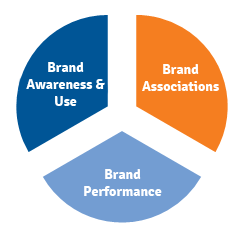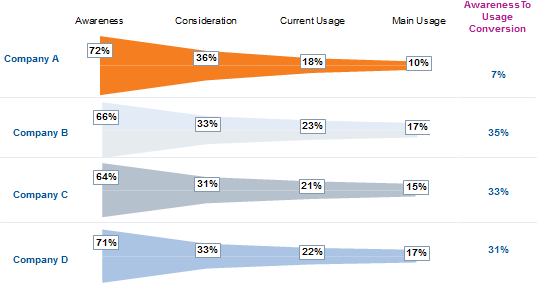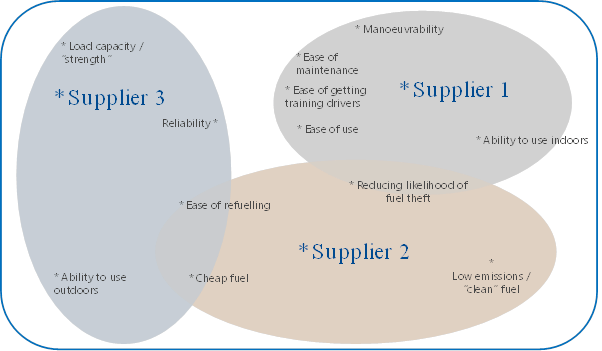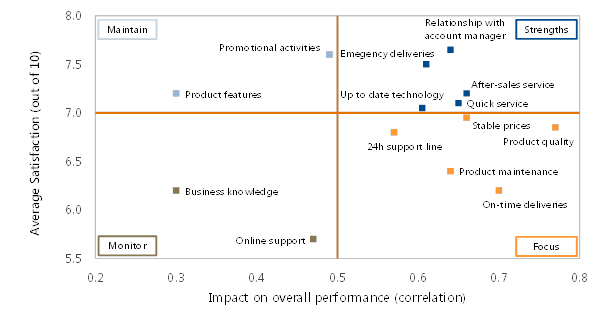Your brand is central to everything your company does, so perfecting your branding strategy should be one of the most important areas of focus for a marketer. Around a half of all business-to-business companies are engaged in a branding strategy.

Building a strong brand
The reputation of a business-to-business company, its name and all it stands for, is a massive influence on its marketing success. A good brand brings with it high levels of interest, an excellent conversion ratio of enquiries to orders, and high levels of satisfaction with the purchase. A brand strategy must fit within the overall marketing strategy for a company.
A definition of a brand is “a promise fulfilled”. Quite clearly there needs to be some knowledge and awareness of the product for there to be a promise. The promise is at the heart of the brand because there is an expectation when you buy a branded product that you will receive certain things. The fulfilment is also crucial for if the brand expectations are not met, it is unlikely there will be a repeat purchase. A strong brand encourages loyalty to a product.
When we begin any shopping experience, we usually create a “consideration set” of suppliers, brands or products that could meet our needs. At this early stage brands plays an important role in deciding whether or not it is included in the consideration set. Out of the many (possibly hundreds) of products that could be considered, brands help us whittle the number down to a handful for serious review.
Then begins the logical consideration of the different products, sometimes referring to independent reviews, sometimes scoring each product in an Excel spreadsheet on various dimensions we consider to be important, and sometimes simply putting them through filters in our mind. At the end of this process we are likely to have scoped just one or two products which best meets our needs and it is at this stage that the brand kicks in again. Imagine that you are in the market for buying a car. You need a car that will fulfil your requirements in business as well as at the weekends. Various brands and models get considered until finally you are left to choose between (let’s say) BMW and Audi. It is at this stage that the brand exerts its power and you end up choosing one of these cars simply because it promises a great driving experience or good German engineering excellence, or you think it will simply make you look good – however you perceive the strengths of the brand.
With luxury goods the brand can account for a significant influence on the buying decision – perhaps as much as 70%. In cars the brand can influence the decision by as much as 50%. In more basic business-to-business goods and services, buyers and specifiers indicate that it is of much less importance, perhaps accounting for a meagre 5 to 10% of the influence. Almost certainly this is an under recorded indication of its influence. People who make decisions in business don’t leave their emotions at home when they come to work and they are influenced by a supplier’s reputation just as much as they are influenced by brands in the High Street.
In developing a brand strategy, a business-to-business company should consider three subjects:

Brand awareness and use. Building awareness is the starting point of good brand health as a brand has to be known if it is to be considered. This awareness must be targeted at the audience with which the company wants to do business and it must communicate the unique selling propositions which are known to be relevant in the buying decision. Measuring this awareness in a brand funnel will show where the strengths and weaknesses of the brand lie. Comparing the brand awareness of different companies and their strengths and weaknesses in the brand funnel can show where the brand needs shoring up.

Brand positioning. A strong brand should stand for something. It should have a distinctive position which is meaningful to customers and potential customers and which the company can substantiate. Determining the different brand positions of companies in a customer’s consideration set and working out how to communicate that brand position is an important part of the brand strategy.

Brand performance. A brand is a promise delivered. It is important therefore to find out whether the expectations that people have of a brand are being met when it is used. Testing the effectiveness of the brand performance is very similar to customer satisfaction research in which respondents indicate their satisfaction with the brand against the many features and benefits they are looking for.

To learn more about this topic, please visit the following publications:
B2B Branding: Business-to-Business Branding White PaperThe Power Of Industrial Brands


